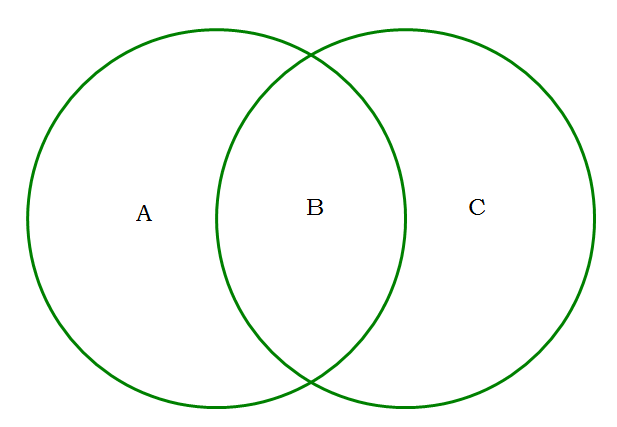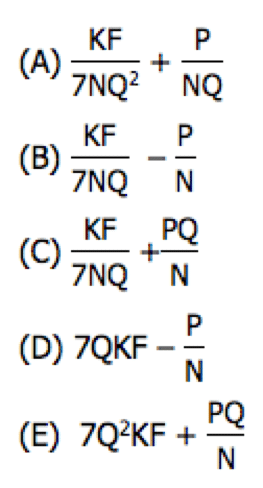In my last couple of posts (Using Diagrams to Solve GMAT Rate Problems Part 1 and Part 2) I used a Rate-Time-Distance table, (or RTD table) to solve the most common sort of rate problem: a combined-rate problem in which two travelers move in opposite directions simultaneously. (If you haven’t read those posts and aren’t otherwise familiar with the RTD table, then read them now. This post will assume familiarity with the table.)
Today and tomorrow we’re going to use the table just a tiny bit differently to solve another common sort of rate problem, one in which two travelers move in the same direction simultaneously. We’ll set up the table today and use it to solve the problem tomorrow.
Many problems in which two travelers move in the same direction simultaneously involve a faster traveler starting behind a slower traveler, and catching up to or passing him.
Mary and Kate are running clockwise around a circular track with a circumference of 500 meters, each at her own constant speed. Mary runs 1000 meters every five minutes and Kate runs 1000 meters every six minutes. If Mary and Kate start opposite one another on the circular track, how many minutes must Mary run in order to pass Kate and catch her again?
The table looks a lot like those we’ve seen before.
We’ll begin with our familiar layout: three columns (for rate, time, and distance) and three rows (for Mary, Kate, and the difference between them). A lot of people mark the bottom row in such a table as “C,” for “combined,” just as they would if Mary and Kate were traveling in opposite directions, though “combined” in this case doesn’t mean “added together.” Just to be clear, I’m going to label that bottom row with a delta, to remind myself to determine the difference between Mary’s and Kate’s rates and distances. I’m also going to circle the cell representing Mary’s time, since that’s what we’re solving for.
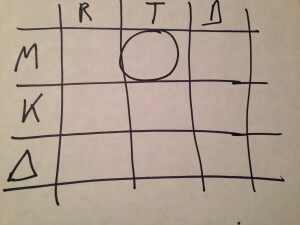
This is a good time to make and learn from mistakes!
Before we talk about how best to manage this problem and table, go ahead and copy the table above, then add the information from the problem.
How best to use the table here.
Now let’s add the information that we’ve been given. Begin with the rates. Mary’s rate is not 5 minutes and Kate’s rate is not 6 minutes. Speeds are always D/T, so Mary’s and Kate’s rates are 1000/5 and 1000/6 respectively.

Similarly, Mary’s time and distance are not 5 minutes and 1000 meters, and Kate’s time and distance are not 6 minutes and 1000 meters. Those figures are given to you only to determine Mary’s and Kate’s rates. NEVER ASSUME THAT THE TIME AND DISTANCE THAT FIX THE RATE ARE THE APPROPRIATE FIGURES FOR THE TIME AND DISTANCE COLUMNS!
In fact, Mary’s and Kate’s distances are so far unknown to us. Let’s represent them with variables. Or better, let’s represent them with a single variable, using d for Kate’s distance. If Kate ran d meters, how far would Mary run? Well, she’d have to run an additional 250 meters to catch Kate, and then an additional 500 meters to lap her. That means that if Kate’s distance were d meters, Mary’s distance would be d+750 meters.
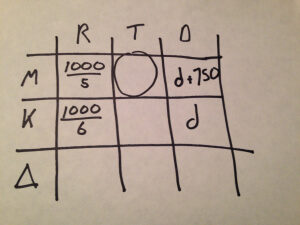
Since Kate and Mary run simultaneously, a single time t will suffice for all three rows.
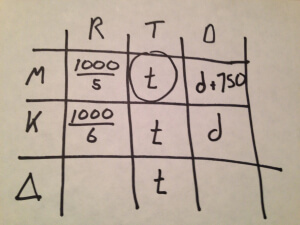
Finally, subtract Kate’s rate and distance from Mary’s to fill in the bottom row.

Return tomorrow for a solution!
As we saw in our earlier posts on the RTD table, diagrams generally produce equations which we then solve algebraically. Diagrams are usually tools to help us translate word problems into algebra; they are not usually substitutes for manipulating equations.
What equation can you draw from this table that would allow you to solve for t?





